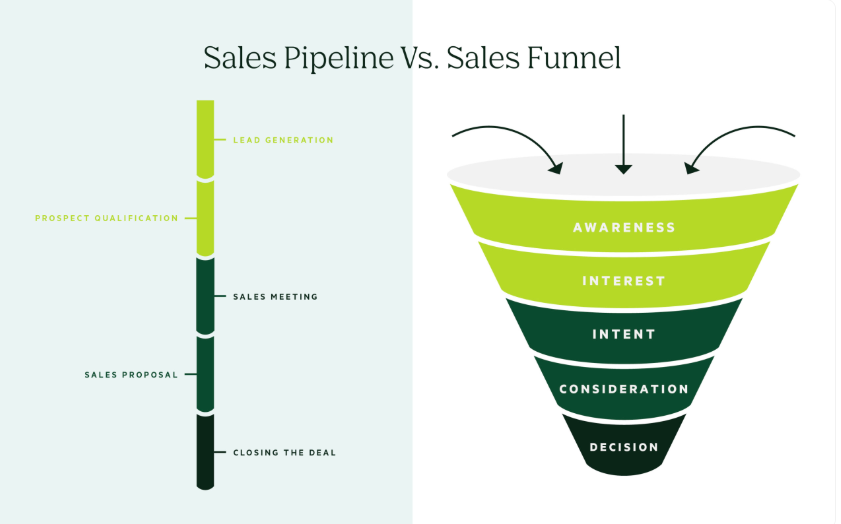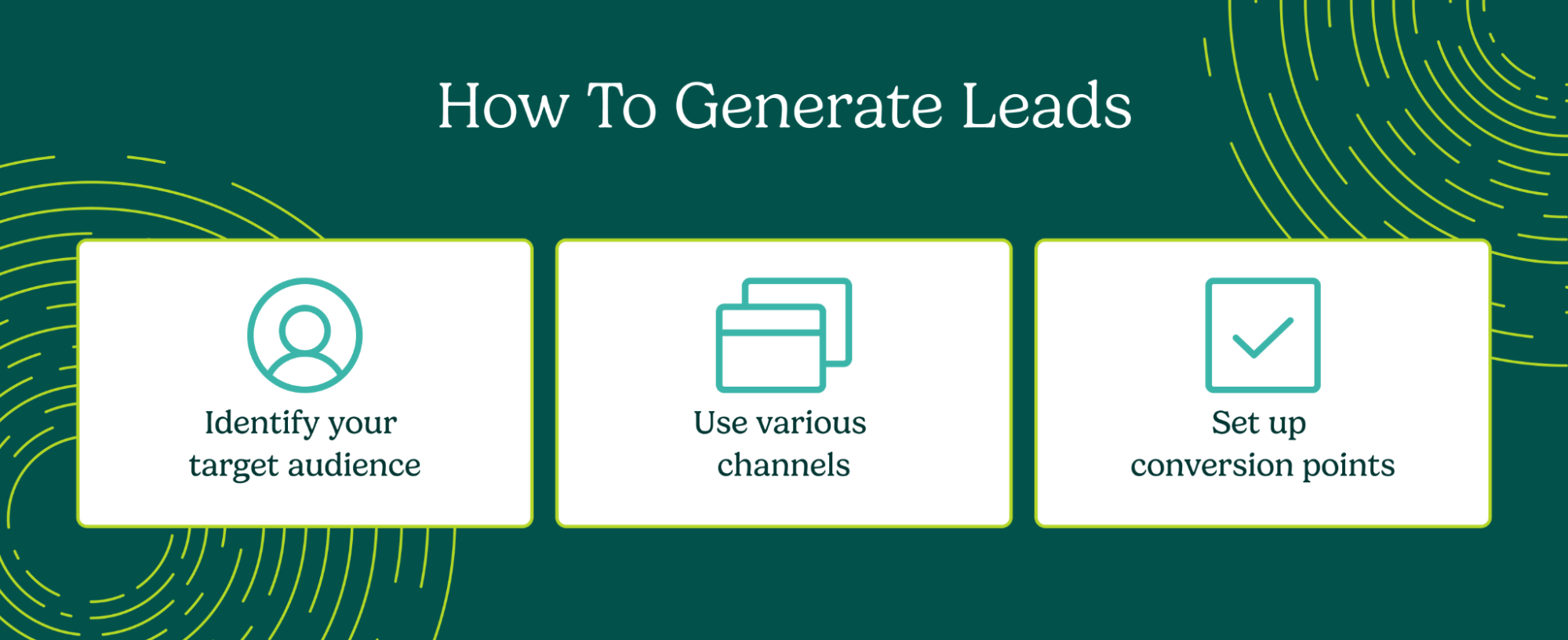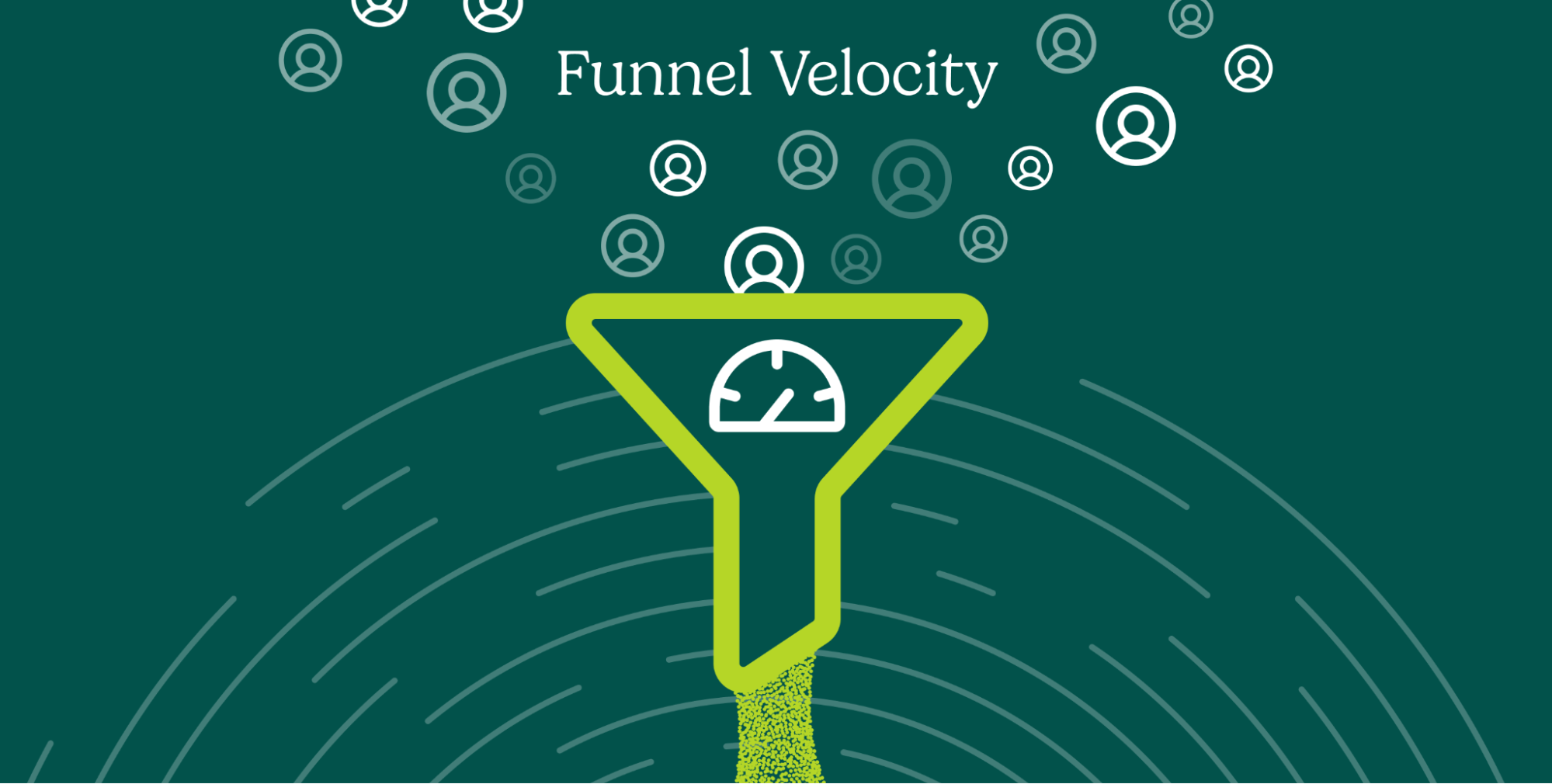The Essential Guide to Lead Generation
Learn everything from basics to advanced tactics, as well as actionable insights to build a pipeline for sustainable growth.
Every successful business starts with strong lead generation. Without leads, there’s no pipeline, and without a pipeline, growth becomes just a wish. But lead generation doesn’t have to feel like a daunting task filled with confusing jargon or endless tools. This blog will break down the essentials of lead generation so you can start seeing real results, fast.
What is lead generation?
Lead generation is the process of attracting people interested in your product or service and converting that curiosity into action.
By attracting potential customers through different channels, you create a group of interested people. Each person is a potential customer who wants to learn more about your product or service.
Lead generation works right in the middle of the marketing and sales funnel, pulling prospects toward your business and setting them on a path to becoming customers. In this guide, we’ll dive into everything from lead generation basics to advanced strategies that can boost your results.

Types of leads
Leads come in different types, each playing a unique role in the sales journey.
Relying too much on MQLs as a universal standard can lead to misplaced priorities. Metrics like downloads or webinar signups might look good on paper, but they don’t always show real interest or intent.
A smarter approach? Focus on behavioral triggers. Things like spending time on your pricing page or engaging with personalized outreach tell you a lot more about where a lead stands. By thinking of MQLs and SQLs as flexible stages – shaped by what buyers actually do – you can zero in on leads that are ready to take the next step.
Lead generation vs. demand generation
Where lead generation is about capturing interest, demand generation builds awareness. Demand generation attracts people to your door. Lead generation then opens the door for them to enter and explore what you offer.
Why most lead generation efforts fall short
Traditional lead generation often prioritizes quantity over quality, flooding sales teams with a sea of leads that rarely go anywhere. The better approach is to focus on intent-based leads – the ones whose actions, like checking out your pricing page or engaging with targeted campaigns, show they’re ready to move forward.
Take a look at this blog on buyer intent signals to see how Salesloft’s platform helps teams focus on the right opportunities at the right time.
The 3 steps to lead generation
1. Identify your target audience
Your lead generation efforts hinge on targeting the right people. Define your Ideal Customer Profile (ICP) and create buyer personas. Understanding your audience’s pain points will help you speak their language.
Practical Example:
"At a recent company, we noticed our highest-converting leads were coming from niche industries we hadn’t even been targeting. By updating our ICP, we refocused our content strategy to double down on this segment – resulting in a 25% increase in SQLs within three months."
2. Use various channels
A great lead generation strategy combines inbound and outbound methods. Here’s how:
Inbound tactics: Inbound lead generation tactics, like SEO, content marketing, and social media, attract people naturally.
Outbound tactics: Email campaigns and paid ads, put your business directly in front of prospects who might not know about you yet.
Pro Tip: Don’t put all your eggs in one basket – test different channels and see what resonates. Sometimes the hidden gems are in places you least expect, like a niche LinkedIn group or a targeted YouTube ad.
3. Set up conversion points
Your conversion points – landing pages, forms, calls to action – are where visitors turn into leads.
Make it easy for prospects to express interest and provide you with their information by:
- Making landing pages visually appealing and mobile friendly
- Streamline forms by only asking for the essential information

Outdated advice on lead generation, and how to address it
1. "Every Lead Is Valuable”
Not exactly. Treating every lead like gold creates inefficiency and burns resources. Leads that don’t fit your ICP aren’t worth chasing. A better approach? Use tools like Salesloft’s intent scoring to focus on leads with the highest conversion potential.
2. "Build a Long Form for More Qualified Leads”
Long forms might seem like a quick way to filter leads, but they actually scare off high-intent prospects. Nobody wants to fill out a novel just to get a demo. Streamlined forms paired with progressive profiling let you gather data over time without turning people away.
3. "Follow Up Immediately with Every Lead”
Quick follow-ups can backfire when they’re irrelevant. Automation makes it tempting to ping everyone instantly, but that risks annoying leads who aren’t ready to engage. Instead, time your outreach based on meaningful engagement signals that show when they’re ready to talk.
Best practices and effective strategies
Optimize your website for lead capture
Your landing pages are a first impression and a chance to show immediate value to potential leads. They should be visually appealing, easy to navigate, and designed with the user experience in mind.
Focus on creating a clear message about the needs of your target audience, reinforced by prominent CTAs. Streamline forms by asking only for essential information. This helps reduce friction and encourages visitors to complete the conversion process effortlessly.
Check out our guide to optimizing website conversions to learn about the most effective strategies to maximize your website’s potential.
Leverage content marketing to attract leads
Create content that speaks directly to your audience’s needs. This includes blog posts, eBooks, case studies, podcasts and webinars to provide educational resources that meet the needs of your prospects.
Pro tip: Adding interactive content like worksheets, quizzes, and calculators can enhance engagement, encouraging prospects to interact further with your brand. These elements guide leads down the funnel by providing relevant insights that help them make informed decisions.
Make email marketing work for you
Emails remain one of the most effective ways to nurture leads. Take your email marketing a step further by:
- Segmenting and personalizing emails based on user behavior and preferences – this will significantly improve your engagement rates.
Build your brand’s presence with social media engagement
Using a balanced approach to organic and paid social media is crucial for effective lead generation.
Organic posts build a brand presence and community, while paid ads expand reach and target specific audiences with precision. LinkedIn and YouTube allow businesses to share thought leadership and targeted content that resonates with professionals.
Consistent, engaging content on social media platforms helps keep your brand relevant and nurtures long-term relationships. The window for grabbing a user’s attention is short and it needs to be capitalized on. Content should aim to stop users from scrolling when they run into a post, graphic, or video your company has uploaded.
Here’s an example of Salesloft’s engaging YouTube content:
Utilize data to drive decision-making
Data should drive every decision in your lead generation process, from content creation to choosing platforms. By tracking sources and evaluating the performance of tactics, you can uncover what resonates most with your target audience. Analyzing metrics like conversion rates, engagement, and ROI will help continuously optimize your campaigns.
Don’t get stuck chasing vanity metrics like downloads or clicks. Real value comes out of focusing on buyer behaviors that actually signal intent. Think multiple visits to your pricing page, deep dives into key content, or thoughtful replies to personalized emails. That’s where the real opportunities are hiding.
Pro tip: A clean, organized CRM is essential for effective lead generation and sales prospecting. Quality data helps prevent issues like targeting irrelevant contact information or sending duplicate messages. Regularly updating and cleansing your database eliminates outdated or incorrect information, ensuring each lead in your system is current, relevant, and accurately profiled.
Marketing’s role in lead generation
Building awareness
Awareness is the first step in any lead generation strategy. It helps potential customers learn about your brand and what makes it special. Marketing teams can spark an initial interest through targeted campaigns like social media ads, webinars, or SEO-optimized content.
Nurturing leads
Lead nurturing is essential for keeping prospects engaged, transforming initial interest into genuine intent. With lead scoring and automated workflows, marketing can strategically deliver content that resonates with each lead’s current needs. Tools like 6sense, G2, and Drift enable behavior tracking and intent signals, providing deeper insights into your audience. This allows for tailored interactions that bring leads closer to purchases.
Aligning content with lead stages
Effective content alignment requires understanding where each lead is in their buying journey and customizing communication to meet their needs. Content should be crafted to answer questions or address pain points relevant to each stage. This approach demonstrates that your brand listens and responds to customer needs, crucial for building lasting relationships and trust.
Sales collaboration
One of the biggest missteps in lead generation is the gap between what marketing delivers and what sales actually needs. Regular check-ins and shared dashboards to keep everyone on the same page and focused on the same goals.
Sales teams rely on high-quality leads that align with their goals and objectives, making collaboration with marketing essential. Open communication ensures marketing shares critical insights about lead quality, intent signals, and engagement trends with sales. By understanding each other’s metrics and objectives, both teams can foster a strong partnership that increases the likelihood of closing deals and boosts overall company performance.
Analytics
Data analysis provides valuable insights into how leads move through the funnel, highlighting areas for improvement. Tracking metrics like funnel velocity identifies bottlenecks and optimize strategies to help leads advance quickly through each stage. This data-driven approach lets teams target decision-makers more effectively and adjust campaigns. This makes it easier to refine processes and maximize the effectiveness of lead generation efforts.

Sales’ role in lead generation
Direct prospecting
Outbound strategies are becoming more important, with tactics like cold emailing, social selling, and direct calling leading to higher connect rates. These strategies need regular reviews – bi-weekly cadence meetings can track response rates and assess performance.
- Quarterly adjustments to strategy, combined with monthly A/B testing, keep prospecting approaches fresh.
- Intent-triggered prospecting combines audience personas and vertical insights for maximum impact.
Feedback loop with marketing
Weekly feedback sessions with marketing are essential for aligning lead generation strategies with sales outcomes. Sales must share anecdotal and quantifiable insights, helping marketing fine-tune lead quality.
- Focus on conversion rates from qualified leads to discovery meetings, opportunities, and closed-won deals.
- Address any misalignment in goals (lead based vs. pipeline impact) by refining lead criteria and maintaining a clear ICP.
- As inbound volume decreases, intent-based strategies grow in importance. Clear follow-up plans with marketing ensure leads don’t fall through the cracks.
"While not necessarily innovative, a back-to-basics approach is proving vital as email deliverability declines. Emphasizing calls over emails—paired with voicemails to stand out—is key, alongside a multichannel strategy that includes LinkedIn, video messages, and a strong, relevant point of view to truly resonate."
- David Vertin, Vice President, Sales and Business Development
Types of lead generation software
- Customer Relationship Manager (CRM) software: Centralizes lead data for easy access and management.
- Live chat solutions: Engages visitors in real-time, capturing leads and moving them into your CRM.
- Email and social media management tools: Enable seamless engagement and nurture efforts across channels.
Salesloft provides a platform that integrates with CRM data, prioritizes leads and executes personalized, automated follow-ups. Salesloft supports sales and marketing by tracking lead interactions, providing insights, and delivering timely engagement that enhances lead conversion rates across the board.
Lead generation is foundational for business growth, requiring consistent strategy, testing, and alignment between marketing and sales. Businesses can create a robust pipeline that turns leads into loyal customers by blending data with targeted prospecting. Start implementing these lead generation strategies today to see results that boost your business.





























